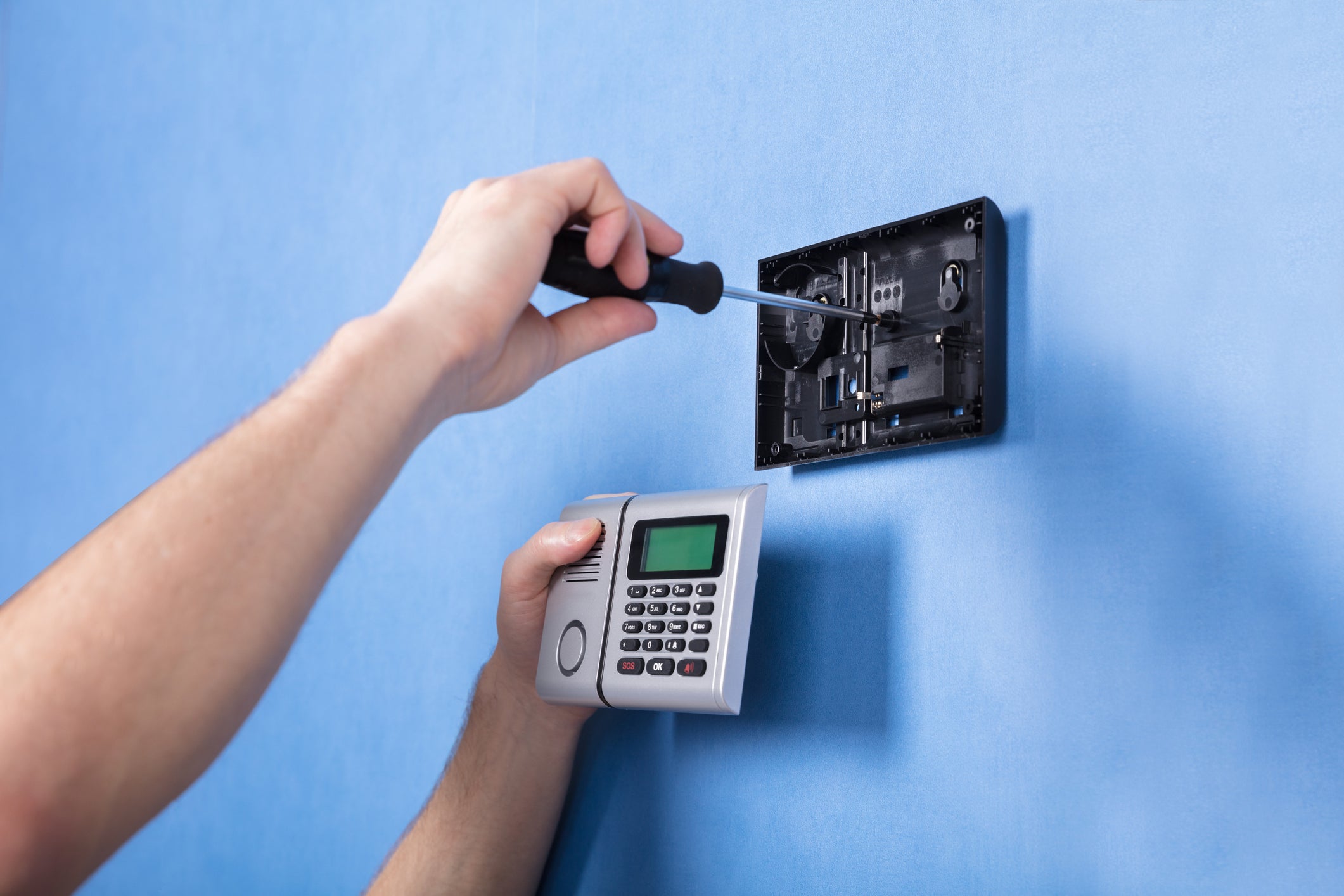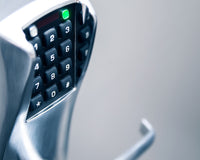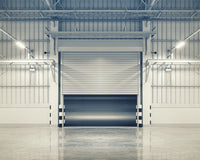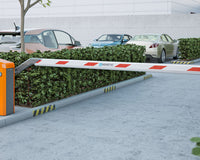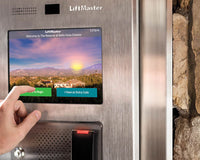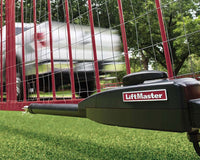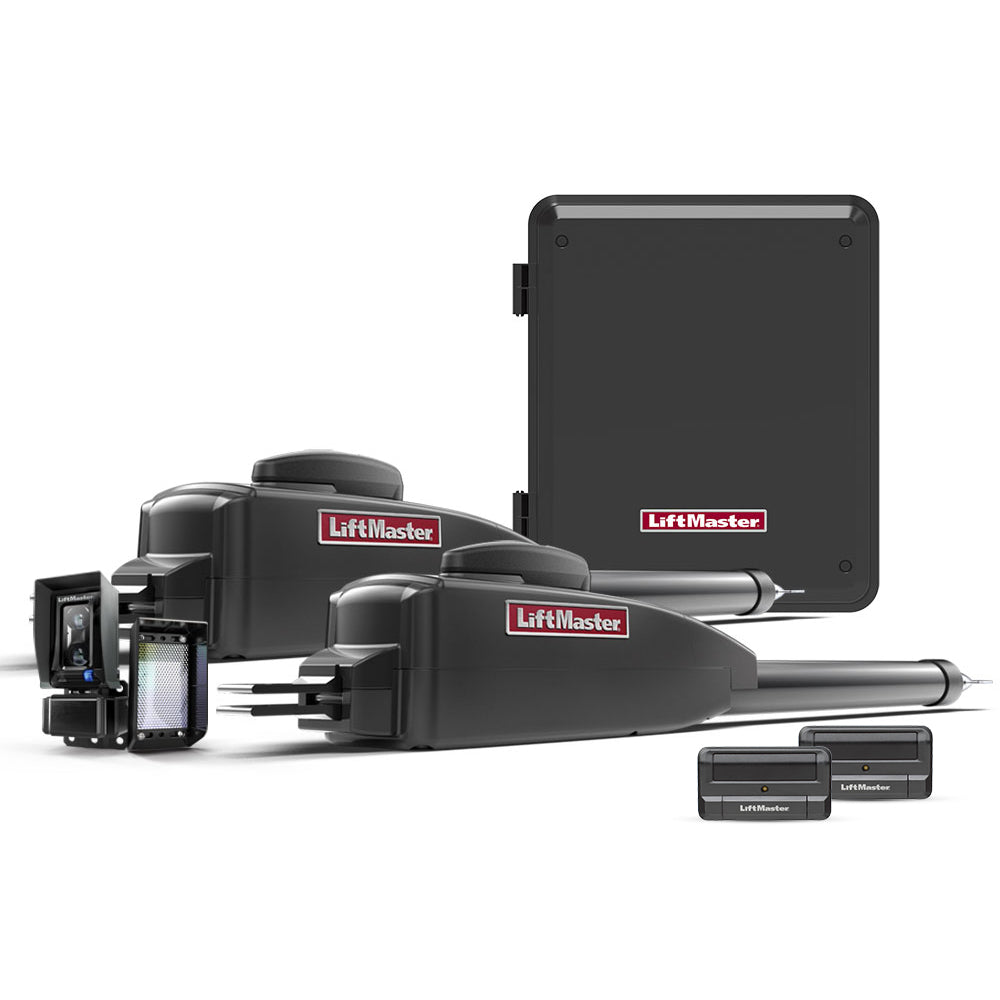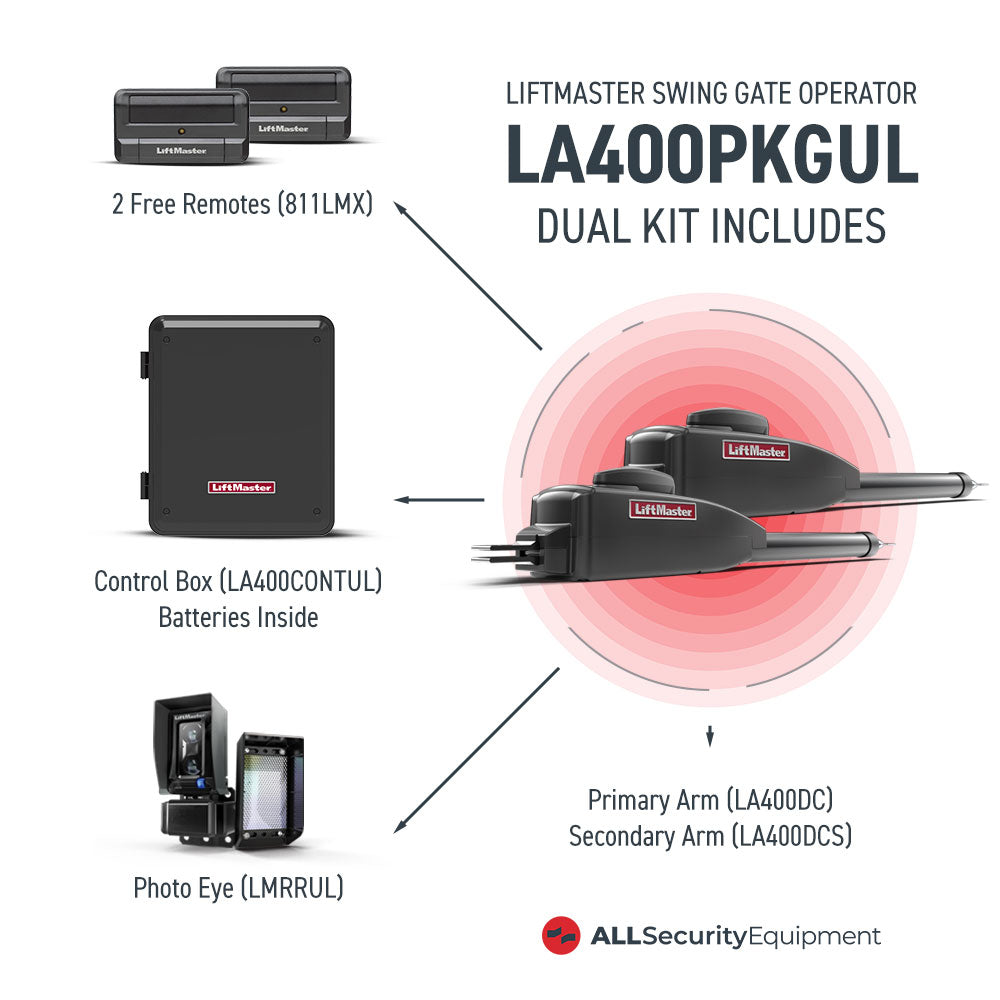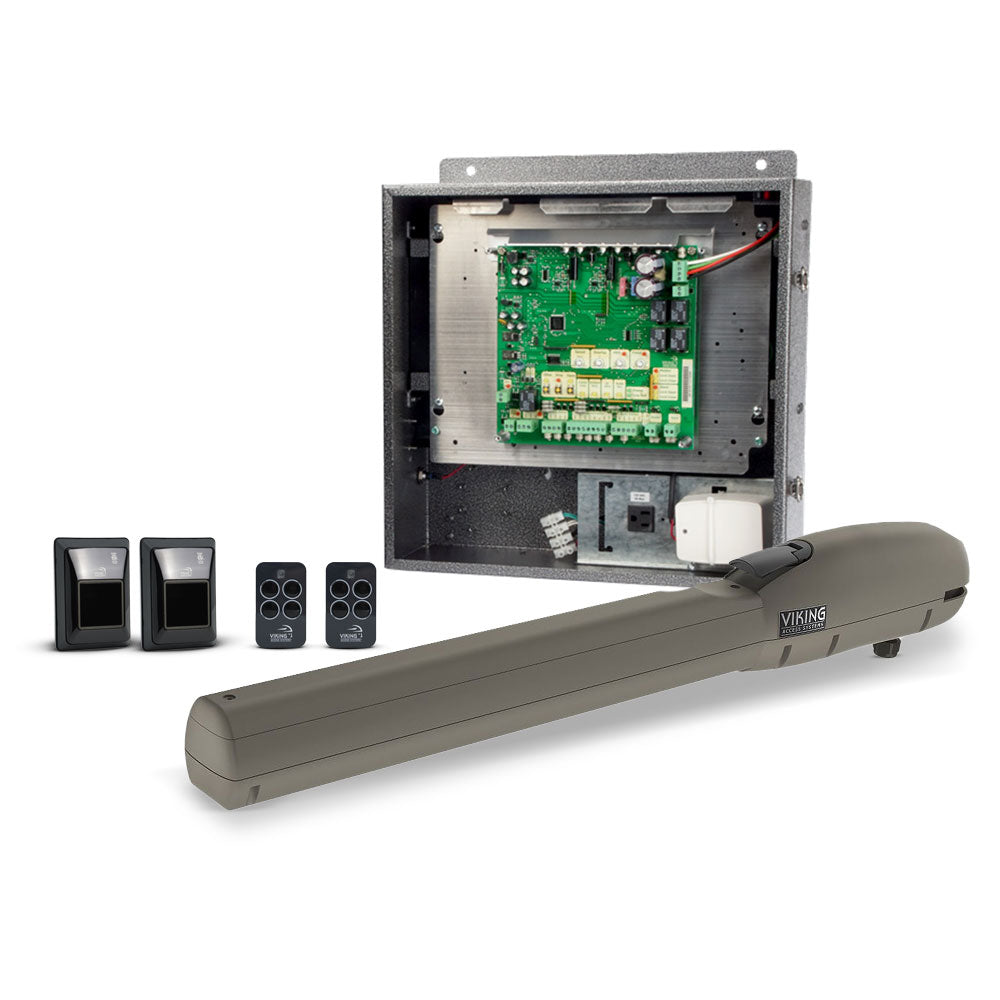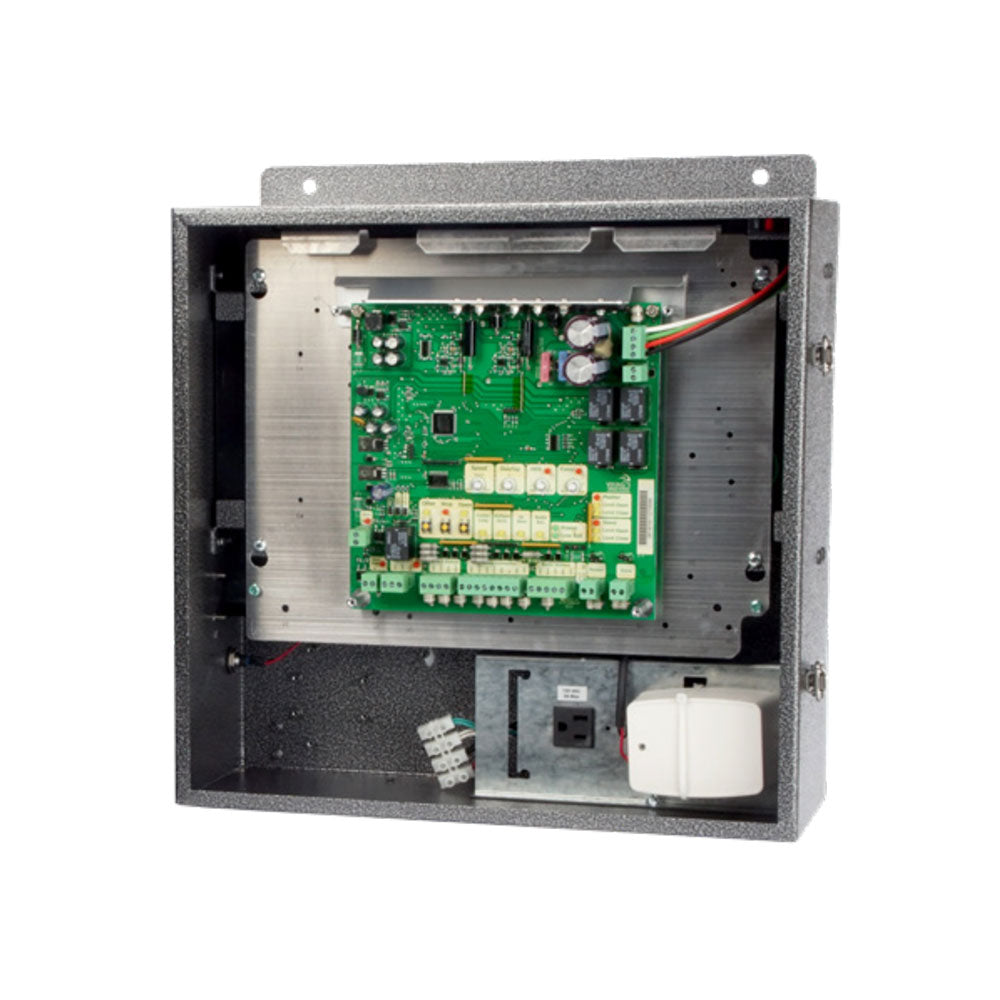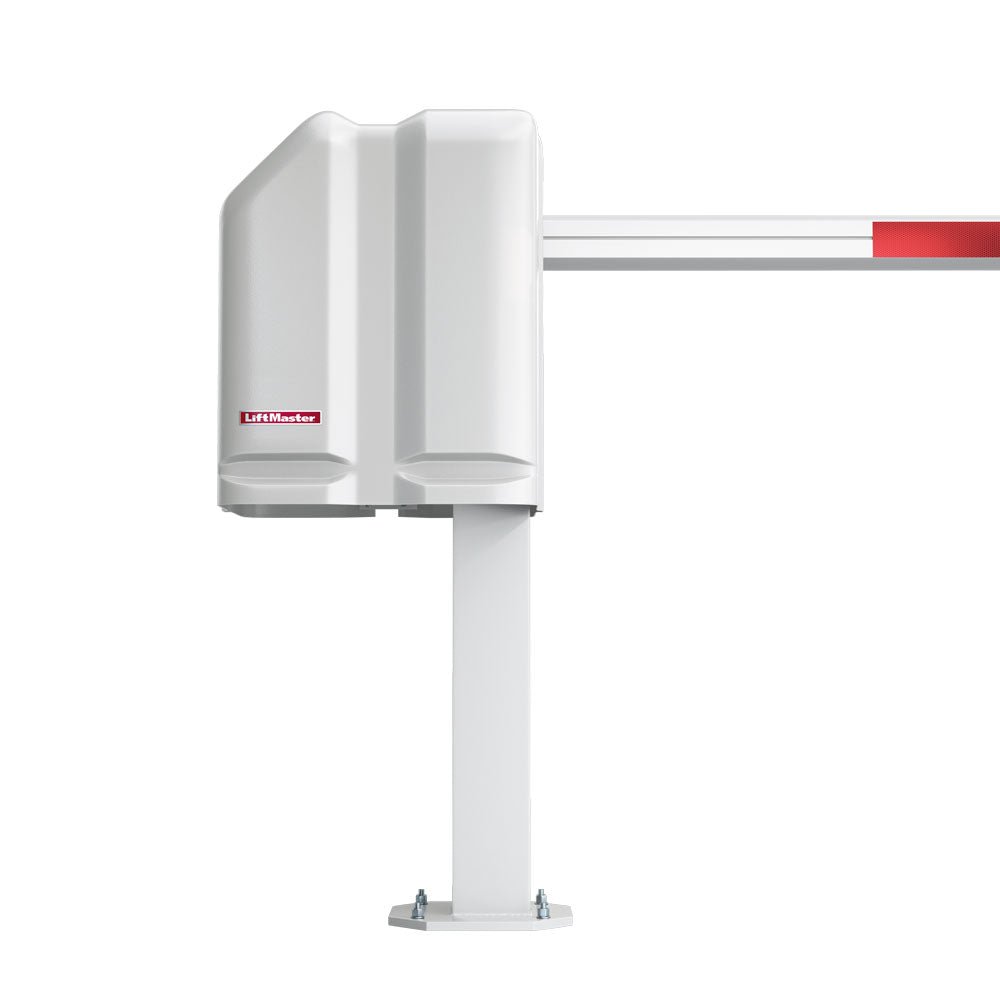Many senior living communities were built a long time ago, before today's smart security technology was available. Their older buildings can be a weak point for physical security, creating risks for both residents and staff. Instead of a complete and costly rebuild, upgrading old systems by retrofitting them is a smart way to make a facility safer and more modern.
Retrofitting security means adding new technology to the existing building. This focused approach updates key areas to provide strong protection with very little disruption. For many facilities, this is a vital step to stay competitive and keep the promise of a safe home for residents.
Why Retrofitting Old Security Systems is a Smart Choice
Older facilities often have security systems that are no longer effective. These can include old-fashioned surveillance cameras, simple key locks, and alarms that are not connected to a central station. Such systems can easily fail and offer limited help during an emergency response.
By retrofitting, communities can fix these problems and upgrade to a modern, connected security platform. This approach not only makes the senior living perimeter security better, but it also creates a smooth, integrated system that improves how the entire facility operates. It's a key investment that can greatly improve resident safety and give their families a greater peace of mind. While the initial cost of this physical security may seem high, understanding the long-term benefits and return on investment is key.
Key Security Systems to Upgrade
When you plan to upgrade old systems, senior living facilities should focus on a few key areas that provide the biggest security benefits.
1. Access Control and Visitor Management: One of the most important upgrades is moving from traditional locks to modern access control systems. This includes key fobs, biometric scanners, and smart card readers that can be put on existing doors. This is especially important for managing visitors and vendors, a process that is detailed further in our guide on "Visitor Management 101: Keeping Senior Living Facilities Secure and Welcoming."
2. Modern Surveillance Cameras: Upgrading old, low-quality cameras to modern, high-definition IP cameras is a top priority. These new cameras provide clear pictures and often have features like night vision and motion detection. They can also be connected to a central monitoring station.
3. Integrated Emergency Systems: Modernizing a facility’s emergency call system is crucial for ensuring resident safety. Retrofitting can involve installing new alert systems, panic buttons, or even wearable devices that connect directly to a central station or alert staff. This integration ensures a fast and coordinated emergency response. When implementing any new security system, it's critical to consider how it impacts resident data and privacy.
How the Retrofitting Process Works
The process of retrofitting should start with a clear plan. First, a security expert should do a full review to find weak spots and see what systems are already in place. After that, a step-by-step plan can be created to avoid major disruptions to daily life.
Working with an experienced security company is a must. They can help choose the right equipment, plan the installation, and train staff on how to use the new systems. The goal is to create a modern senior secured facility that feels both safe and welcoming for everyone.
Upgrading an old facility's security is a smart and necessary step. It not only protects residents but also modernizes the community, making it more appealing to future residents and their families. This investment shows a true commitment to resident well-being and a proactive approach to physical security. By taking these steps, communities can provide a secure environment, giving everyone a greater sense of comfort and safety in their home.

